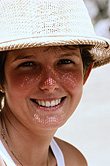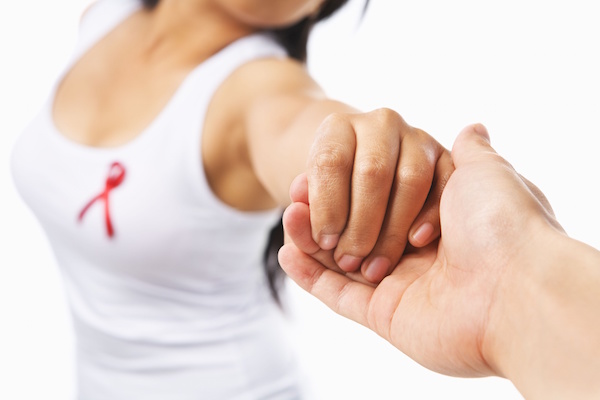
MONDAY, July 26 (HealthDay News) — Recent reports questioning the safety of many sunscreens have experts worried that some people may shun the very products that could save their lives, not to mention their skin.
The research behind these allegations — that many topical sunscreens can cause skin cancer, including melanoma — has mostly been in lab animals and is dubious at best, said Dr. Jeffrey Dover, president of the American Society for Dermatologic Surgery.
“Are you going to make a decision that could impact your — or your kids’ — future by allowing yourself to get skin cancer and wrinkle and age prematurely based on some information from a lab study on animals in Europe? The answer is no,” Dover said.
“I don’t put that much stock [in the reports],” agreed Dr. Doris Day, a dermatologist with Lenox Hill Hospital in New York City. “The important thing is we do know that all waves of light are dangerous for the skin and can cause skin cancer. We know that. We know that protecting yourself from the sun makes a difference in minimizing skin cancer.”
The controversy started last spring when the Environmental Working Group (EWG), which began annual sunscreen safety reports in 2007, called on the U.S. Food and Drug Administration to finish a review of data on the safety of retinyl palmitate, a derivative of vitamin A added to many sunscreens.
The compound, EWG stated, elevates the risk of skin cancer.
The EWG also objected to oxybenzone (benzophenone-3), another ingredient of many sunscreens, which it says is a hormone disruptor.
On June 14, Sen. Chuck Schumer (D-NY) voiced his concern, too, and demanded the FDA finish its review and release the results to the public, especially given this is the time of year more people are slathering on sunscreen.
Shelly L. Burgess, FDA spokeswoman, on Friday said the FDA is awaiting a final review of data on retinyl palmitate by the National Toxicology Program of the U.S. National Institute of Environmental Health Sciences. The findings should be in next January, she said.
“We continue to monitor the safety of all sunscreens, including those containing oxybenzone,” Burgess added. “If we become aware of safety data indicating that sunscreens are unsafe, we will take necessary action to ensure consumers have access only to safe and effective sun protection products.”
But while dermatologists agree that sunscreen is helpful, not harmful, they’re also clear that it’s not enough to shade us from the sun’s penetrating rays.
“We recommend sun protection as opposed to sunscreen. People depend more on sunscreen than they should,” said Dover.
“Sunscreen gives a false sense of security,” added Day. “You put it on in the morning. You spend the whole day out. You think, ‘It’s cloudy out, I don’t have to worry.’ Sunscreen is just one component [of smart sun behavior].”
Use sunscreen but follow this advice, too, the dermatologists advise:
- Wear a hat and protective clothing, for example, brands that have a UV protection factor built in. Make sure the hat is not one with a lot of holes and also has a one-inch rim that goes all the way around, Day said.
- Try to walk or do other activities in the shade.
- Avoid being out in the sun between 10 a.m. and 3 p.m. Keep in mind that “the shorter your shadow, the more dangerous the rays of the sun. UVB rays are at their highest intensity at the middle of the day,” Day said.
- Never go to tanning salons because they emit the same damaging rays as the sun, she warned.
There are ways to maximize the effectiveness of sunscreens as well. Use an SPF of 30 or above, Dover said.
Look for packaging that says “broad spectrum coverage,” Day advised. That means the product offers UVA and UVB protection. It should also provide long-lasting protection, meaning four to five hours.
Finally, look for sunscreens that contain the active ingredients benzophenone (oxybenzone) or avobenzone, Day said.
“Any risk from using sunscreen is less than the risk from chronic damage from the sun,” she pointed out.
More information
The Skin Cancer Foundation has more on sunscreen.

